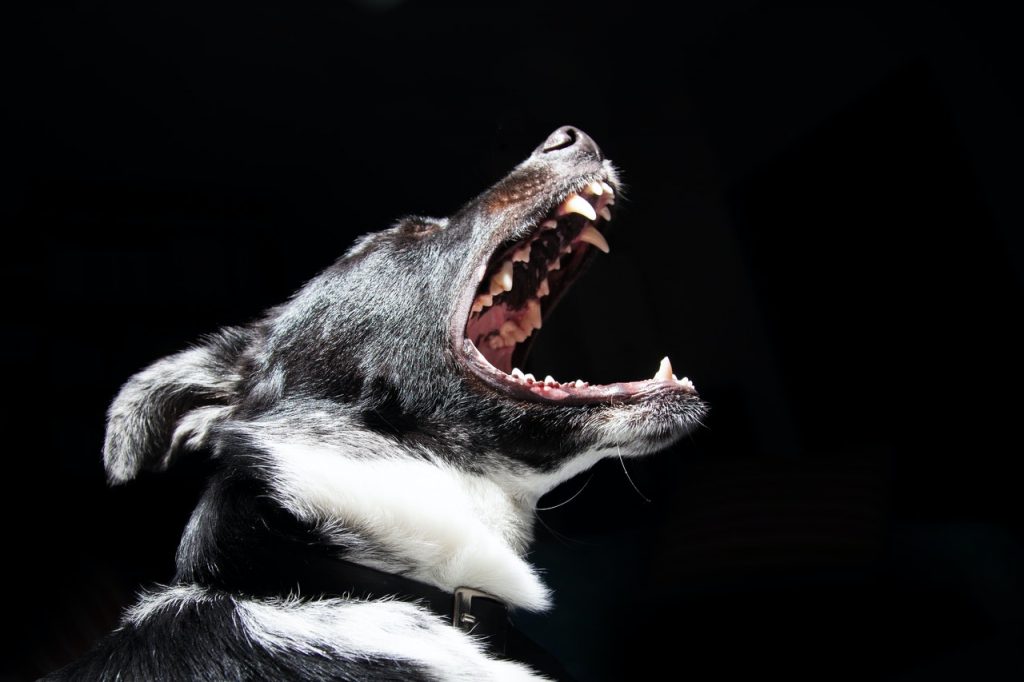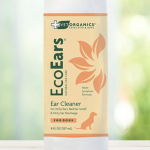
We all love our dogs but let’s face it, dog breath is a real problem. Not only is it just unpleasant, but it can cause real issues when your dog’s teeth aren’t getting sufficiently clean. Brushing is one option, but most dogs have trouble putting up with us sticking something in their mouth and few will stand for it long enough to get any substantial cleaning done.
You’re not going to get your dog’s teeth sparkly white, but if your dog has started having teeth and breath issues it’s time to do something. The best alternatives to brushing are cost-effective and easy enough that they can be done every day. Lucky for us there’s a ton of solutions out there for helping clean up your dog’s breath that don’t rely on brushing and we’ve gone through and picked the 3 easiest ways to get started.
1. Find them toys they love to chew
You might have noticed dogs tend to chew, a lot. Chewing is actually the main way your dog keeps their teeth clean! Chewing exercises your dog’s jaw and chewing and firm objects help scrape their teeth clean of excess food and plaque.
While some dogs are prolific chewers, others are a bit more hesitant and finding the right toy that they’ll love can be tricky. You want something firm, but not too hard that it could damage their teeth.
While you may be tempted to go for an indestructible dog toy, you need to pick a toy your dog loves to play with. Harder plastic or natural toys can be especially great at encouraging chewing as they have the right level of firmness to clean your dog’s teeth.
The right way to get your dog interested in a toy is to act as if you’re interested in that toy. To help encourage your dog to chew more, try playing fetch or tug-o-war with whatever toy you want them to gnaw on. Regular play is also just great for your dog’s overhaul health, and who thinks they (and their dogs) don’t need a little more exercise?
2. Use plaque-softening enzymes
Plaque-softening enzymes are a supplment that you sprinkle over your dog’s food. While they won’t necessarily clean your dog’s teeth on their own, they can soften built-on plaque enough that it will be rubbed off naturally through chewing and eating.
These supplements work by interacting with your dog’s saliva to prevent new plaque from forming and softening existing tartar before it can form into hard-to-remove deposits. This makes all the chewing your dog does much more effective at keeping their teeth clean!
What’s great about these enzymes is that they’ll also make it easier for your vet or doggie dentist to clean your dog’s teeth when they do need to have a check-up and can stave off the need for heavier cleanings requiring anesthesia.
Our preferred brand is Plaque Off, which is derived mostly from kelp and is safe for all dogs as it doesn’t mess with their diet otherwise. You just mix a scoop in your dog’s food and in 2-3 weeks your dog will have whiter teeth, fresher breath, and most of all better tooth and gum health.
3. Try dental chew treats
Some dental chews get a bad rap for being made of hard-to-digest components or chemicals. The reality is though is that all dental chews are made from food products and are no more harmful than any other treat you give your dog.
The secret to how dental chews work is in the shape of the treat. Dental treats encourage maximum mechanical abrasion, which basically means they get as much as your dog’s tooth as possible to scrape against the treat to remove plaque and tartar while being soft enough to not cause any damage.
Dental chew toys also use a special texture to help scrub your dog’s teeth and mouth. Most treats have a firm but ‘spongy’ texture that allows your dog to sink their teeth in when biting down, further removing any built-up plaque. While they may have a ‘fresher’ smell than other treats, don’t include any chemical additives.
Most dental treats are flavored to encourage chewing and we highly recommend them if your dog doesn’t seem to enjoy regular chew toys. Just watch how often you use them, as they still contain calories just like any other treat.
How do you know if your dog’s teeth are clean?
Your dog’s teeth don’t need nearly as much maintanence as yours thanks to their simpler diets. Still, many dogs can face genetic teeth issues or tooth decay as they age so it’s important to get your dog regular checkups at the vet where they’ll inspect their teeth.

Still, smell can be a pretty good indicator of if everything is okay or not. Generally your dog’s breath won’t be the best but you shouldn’t be able to smell it across the room. It’s also pretty easy to just look for yourself, no need to dig around in your dog’s mouth, just having them open wide and taking a peek at their gums or teeth will let you know if there are any major problems to worry about or not.
Teeth and gums should all be a consistent color, and you shouldn’t see any unusually dark or light spots or spots in your dog’s mouth where they seem sensitive. To check sensitivity, just gently run your finger along the outside your dog’s gumline, if they jump away from you, you’ll know they have a toothache.
Why does your dog’s breath smell?
Dog breath has all kinds of sources: food smells, overall diet, and lack of cleaning are all top culprits. The biggest reason though is the bacteria that live in your dog’s mouth. Don’t get too alarmed, even humans rely on harmless bacteria to help with digestive functions and to prevent worse bacteria from moving in instead. Sometimes less-desirable bacteria will gain a foothold and can lead to the dreaded halitosis known as dog breath.
Let’s be fair here, it’s not your dog’s fault. It’s just something that’s bound to happen sooner or later. Still, once you notice a problem you’ll have to deal with it and most solutions are designed to replicate the teethbrushing we humans use, but in a way that works for your dog’s mouth and habits.
I’ve tried everything and my dog’s teeth still aren’t clean! What do I do?
For one reason or another, some dogs just have delicate teeth that require extra care and unfortunately, there are really only two options: brushing or professional cleaning. Both of which any pet owner wants to avoid.
If you haven’t had luck with brushing before, or brushing alone didn’t help clean your dog’s teeth, we highly recommend combining brushing with the methods above. Many pet owners find it takes much less time and work to brush their dog’s teeth after using a plaque-softening enzyme, and that shorter time could make it easy enough on your dog to get some meaningful cleaning done.
If you just can’t seem to get your dog’s teeth clean enough your last option is to schedule regular dental cleanings. While dental cleanings are expensive, they’re much cheaper than the alternative of your dog needing oral surgery to correct or remove damaged teeth.




Leave a Reply